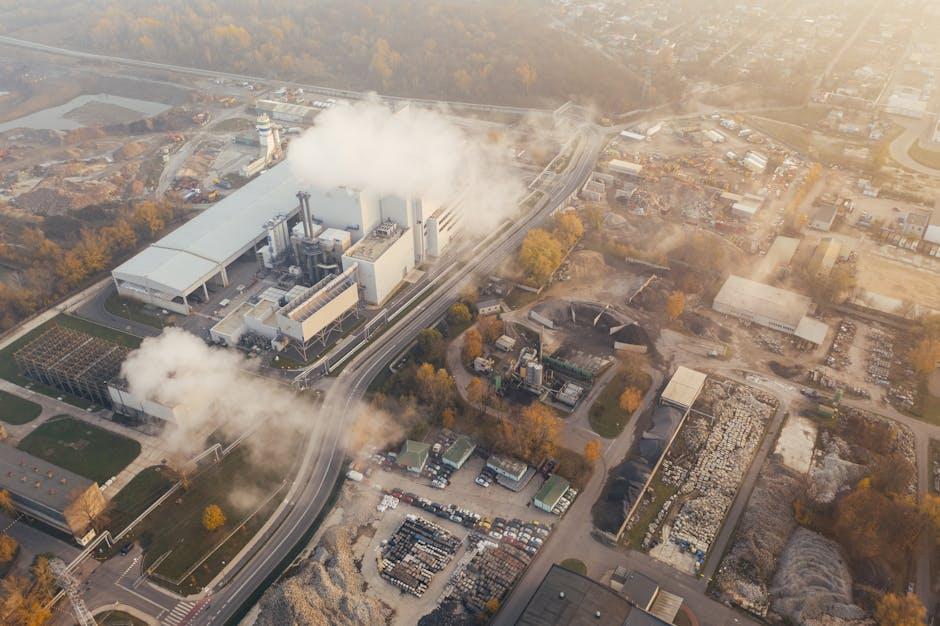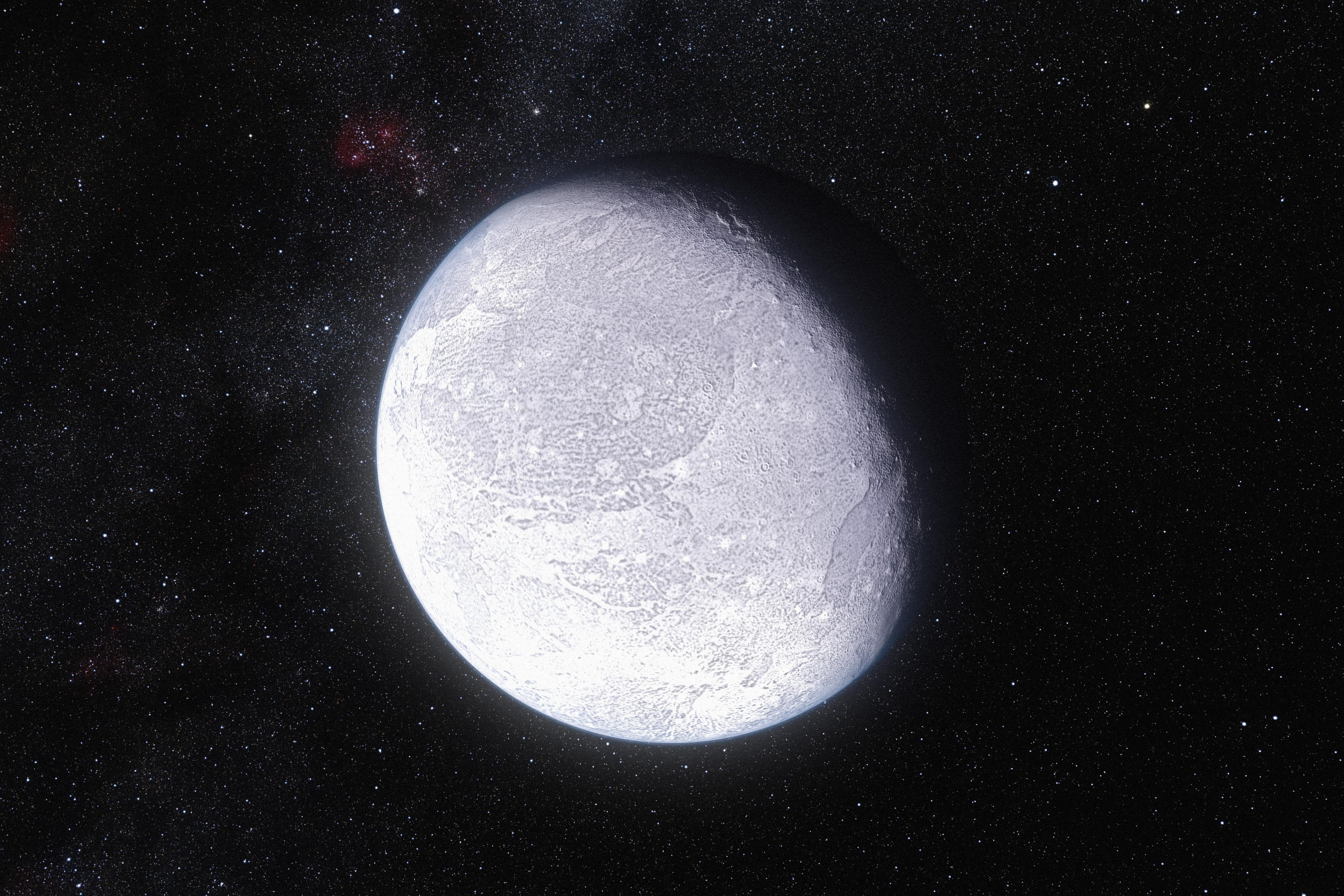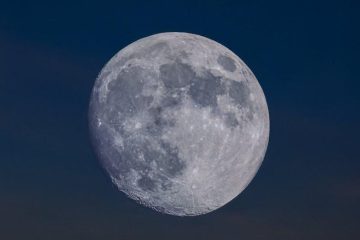In the vast expanse of the cosmos, diverse worlds spin and orbit around the brilliant stars they call home. These celestial bodies come in a variety of planetary types, each with its own unique characteristics and mysteries waiting to be unveiled. Join us on a journey through the realms of rocky planets, gas giants, icy dwarfs, and exotic exoplanets as we explore the fascinating diversity of planetary landscapes scattered throughout the universe. Welcome to a universe where the unimaginable becomes reality, where worlds beyond our wildest dreams await discovery.
Table of Contents
- Exploring the Diversity of Planetary Types
- Unveiling the Characteristics of Terrestrial Worlds
- Unlocking the Mysteries of Gas Giants
- Navigating the Unique Traits of Dwarf Planets
- Q&A
- Insights and Conclusions

Exploring the Diversity of Planetary Types
When we look up at the night sky, the vastness of space unveils a myriad of planetary wonders beyond our imagination. From scorching hot worlds with oceans of lava to icy spheres shrouded in mystery, the diversity of planetary types in our universe is truly captivating. Each planet, with its unique characteristics and formations, offers a glimpse into the awe-inspiring complexity of celestial bodies.
Some planets boast majestic rings encircling their gaseous bodies, while others harbor turbulent storms raging for centuries. Moons, acting as loyal companions, dance around their parent planets in a cosmic ballet. With rocky terrains, sandy deserts, or liquid oceans, planetary surfaces vary greatly, painting a mosaic of landscapes across the cosmos. Delving into the exploration of planetary types unveils a realm of endless possibilities and scientific intrigue that continues to fascinate astronomers and stargazers alike.
Unveiling the Characteristics of Terrestrial Worlds
Exploring the vastness of space, we encounter a myriad of terrestrial worlds, each with its unique set of defining characteristics. From scorching hot surfaces to icy landscapes, these planets offer a glimpse into the diversity of our celestial neighborhood.
<ul>
<li><strong>Rocky Terrain:</strong> Many terrestrial worlds are composed primarily of rock, giving rise to rugged landscapes and rocky formations that shape their surfaces.</li>
<li><strong>Thin Atmospheres:</strong> Some planets exhibit thin atmospheres that can't support life as we know it, creating stark contrasts in temperature and pressure across their surfaces.</li>
<li><strong>Volcanic Activity:</strong> Certain terrestrial worlds showcase active volcanoes, spewing lava and gases, contributing to their dynamic geology.</li>
</ul>
<p>Delving deeper into the mysteries of these planetary types unveils a tapestry of geological wonders that challenge our understanding of the cosmos. By studying these worlds, we gain insights into the forces that shape and define the landscapes of distant planets beyond our own.</p>
<table class="wp-block-table">
<tr>
<th>Planet Type</th>
<th>Main Characteristics</th>
</tr>
<tr>
<td>Hot Rocky Worlds</td>
<td>Extreme temperatures, rocky terrain, limited atmosphere</td>
</tr>
<tr>
<td>Icy Terrestrial Planets</td>
<td>Frigid temperatures, icy surfaces, sparse atmospheres</td>
</tr>
</table>
Unlocking the Mysteries of Gas Giants
Gas giants are fascinating celestial bodies that continue to captivate astronomers and space enthusiasts alike. These massive planets, such as Jupiter and Saturn, are shrouded in layers of gas, making them unique in our solar system. Their mysterious atmospheres hold secrets waiting to be unraveled, offering a glimpse into the complexities of planetary formation and evolution.
Exploring gas giants provides a glimpse into the vastness and diversity of our universe. From towering storm systems to intricate ring systems, each gas giant boasts distinctive features that set them apart from other planetary types. By delving into the intricacies of these colossal worlds, scientists gain valuable insights into the dynamics of planetary systems and the forces that shape our cosmic neighborhood. not only expands our knowledge of the cosmos but also ignites a sense of wonder and curiosity about the wonders that lie beyond our home planet.
Navigating the Unique Traits of Dwarf Planets
Dwarf planets, while small in size compared to traditional planets, possess unique characteristics that set them apart in our solar system. These celestial bodies, such as Pluto and Ceres, offer a fascinating glimpse into the diverse nature of planetary objects. One notable trait of dwarf planets is their non-spherical shape, often resembling flattened spheres or irregular shapes.
Additionally, dwarf planets orbit the Sun just like their larger counterparts but may share their orbital paths with other objects in the Kuiper Belt. This dynamic environment contributes to their distinct identities and orbital behaviors, making them intriguing subjects for astronomers and space enthusiasts alike.
Q&A
Q: What are the different types of planets in our solar system?
A: In our solar system, we have four main types of planets: terrestrial planets, gas giants, ice giants, and dwarf planets.
Q: Which planets are considered terrestrial planets?
A: The terrestrial planets in our solar system are Mercury, Venus, Earth, and Mars. These planets are rocky in nature and have solid surfaces.
Q: What defines a gas giant planet?
A: Gas giant planets, such as Jupiter and Saturn, are primarily composed of gases like hydrogen and helium. They are much larger in size compared to terrestrial planets.
Q: What distinguishes ice giant planets from other types?
A: Uranus and Neptune are classified as ice giant planets. Unlike gas giants, they contain a significant amount of elements such as water, ammonia, and methane in their composition.
Q: Are there any notable dwarf planets in our solar system?
A: Yes, Pluto, Eris, Haumea, and Makemake are some of the recognized dwarf planets. These planetary bodies are smaller than the other traditional planets and are not considered full-fledged members of the planet category.
Q: How do planetary types contribute to the diversity of our solar system?
A: The variety of planetary types in our solar system showcases the rich diversity of celestial bodies and highlights the unique characteristics that make each planet distinctive in terms of composition, size, atmosphere, and behavior within the solar system.
Insights and Conclusions
As we wrap up our exploration of planetary types, we invite you to gaze at the night sky with renewed wonder and curiosity. From fiery infernos to icy realms, the diverse worlds scattered across the cosmos remind us of the infinite possibilities that exist beyond our own blue planet. Whether you are an avid stargazer or a casual observer, the beauty and mystery of the universe continue to captivate and inspire us all. Keep looking up, for the universe is vast and full of surprises waiting to be discovered. Thank you for joining us on this cosmic journey through the planetary tapestry. Until we meet again under the starlit sky, may your imagination soar as high as the distant planets orbiting distant stars.



0 Comments